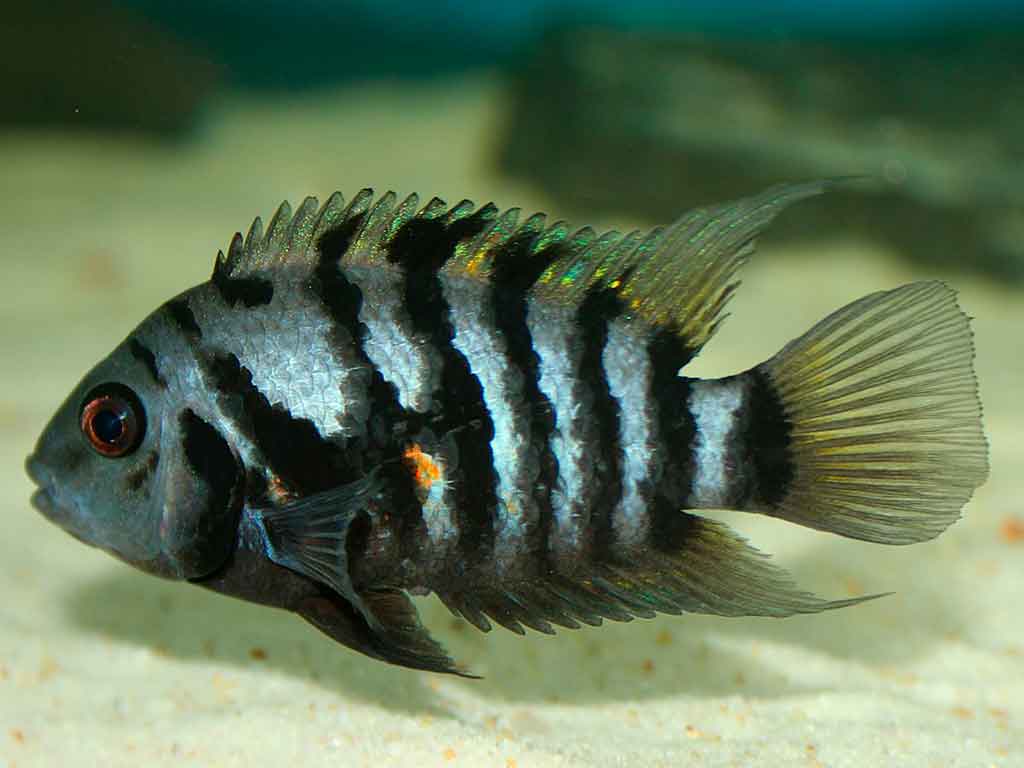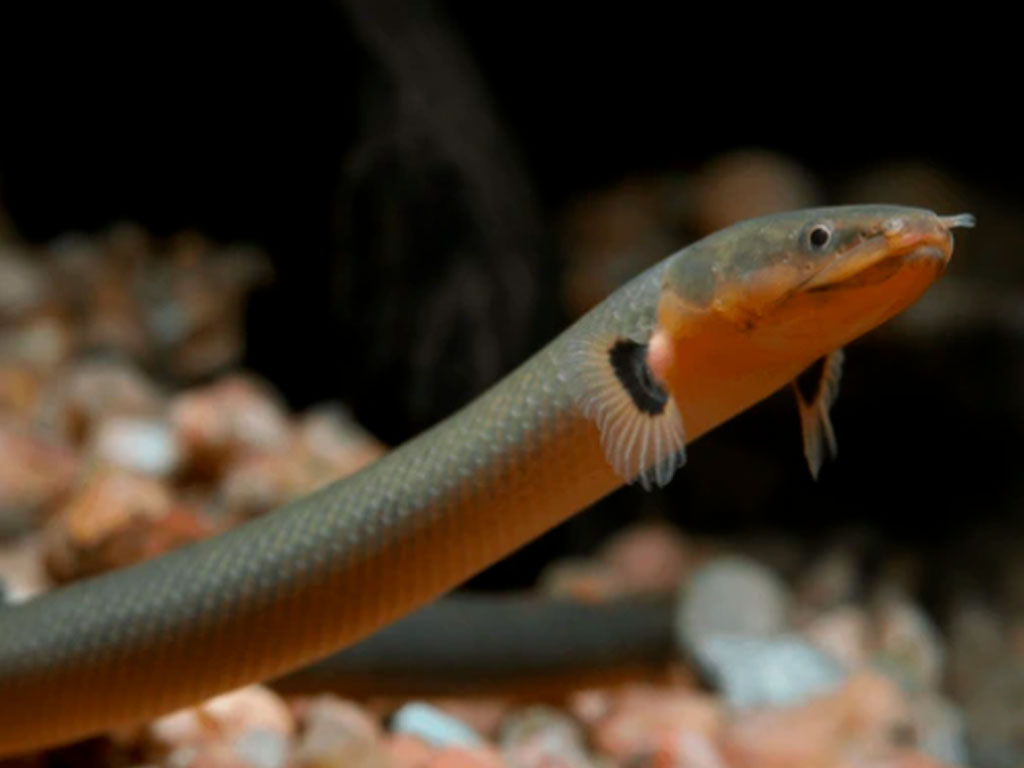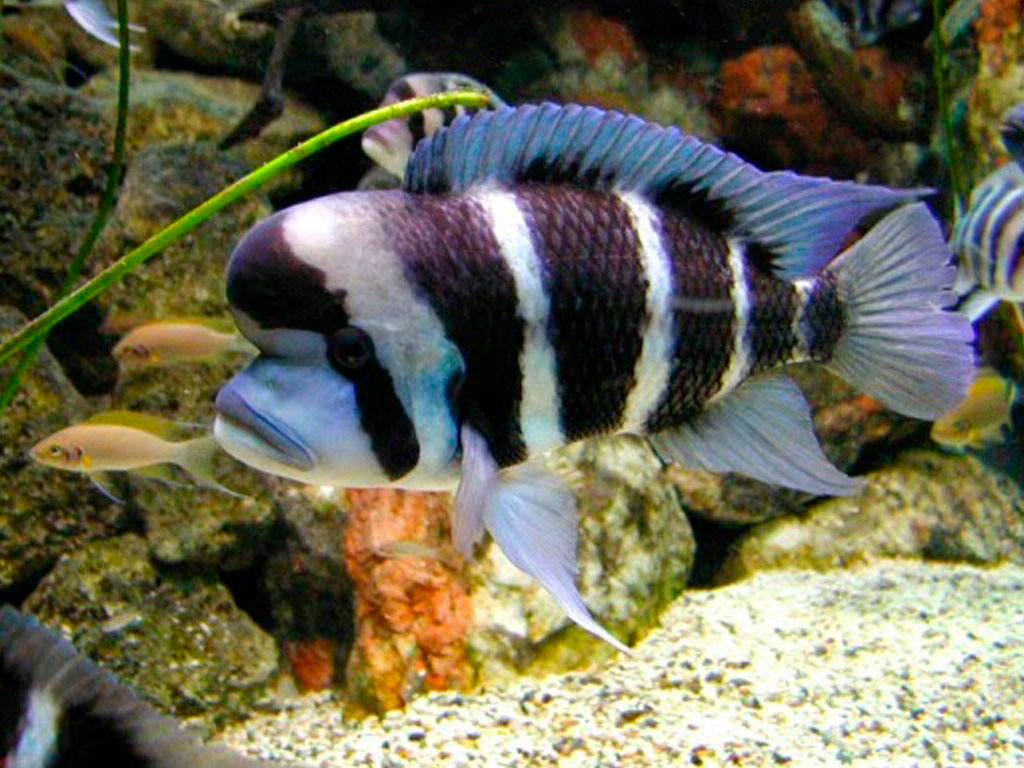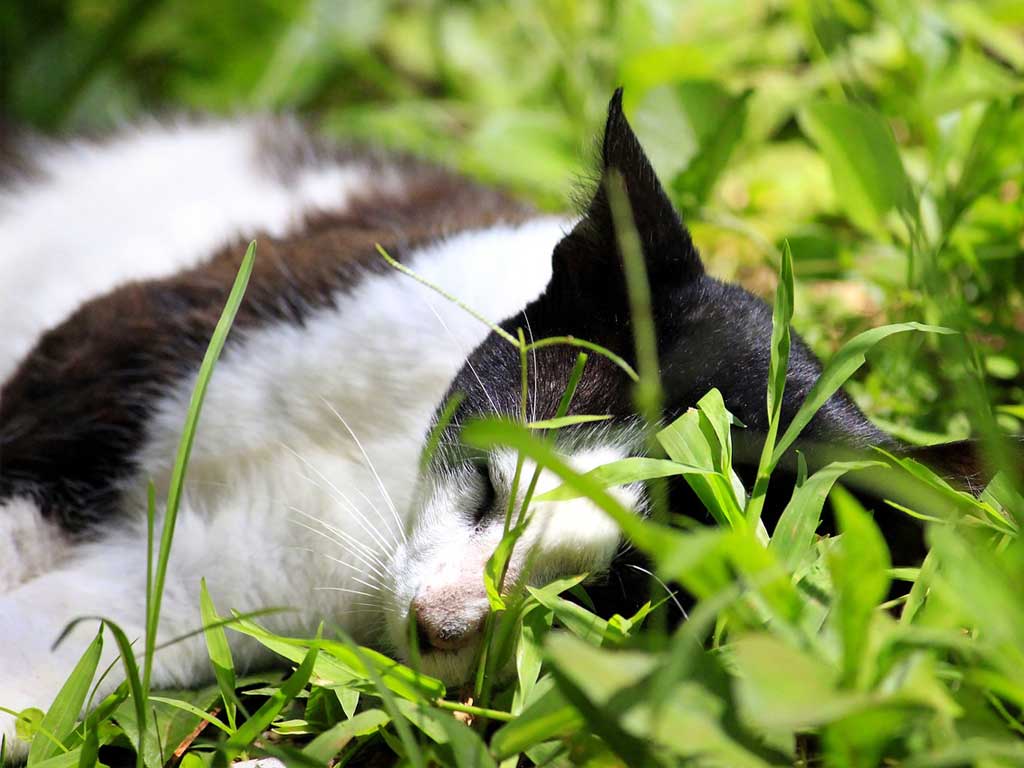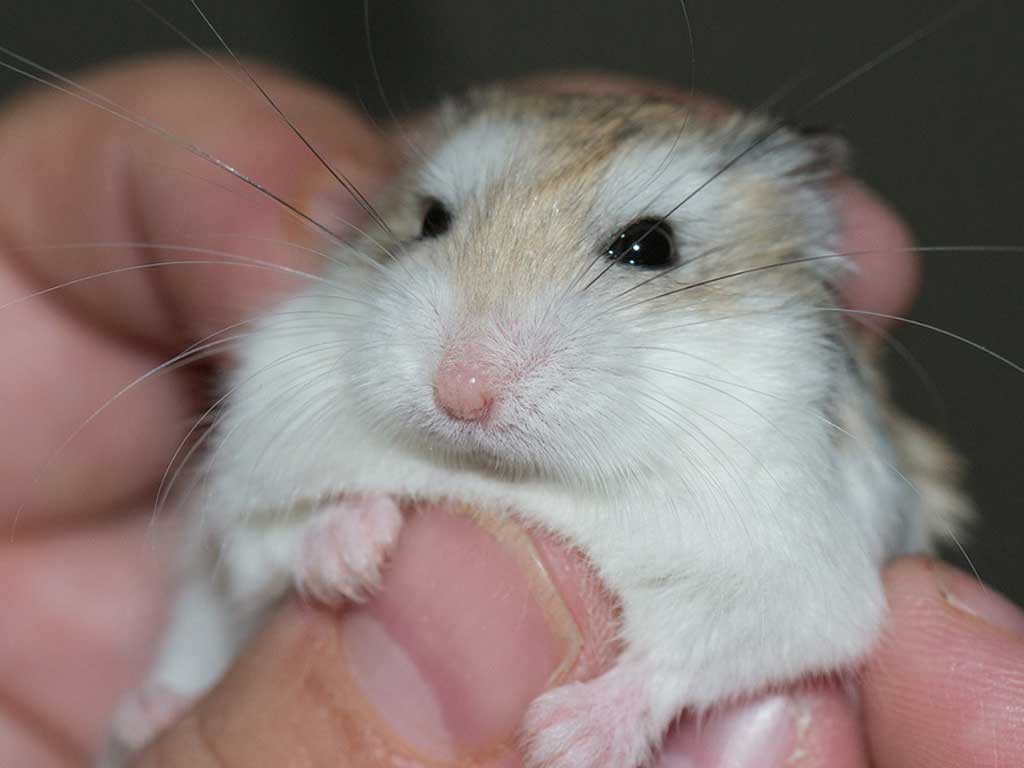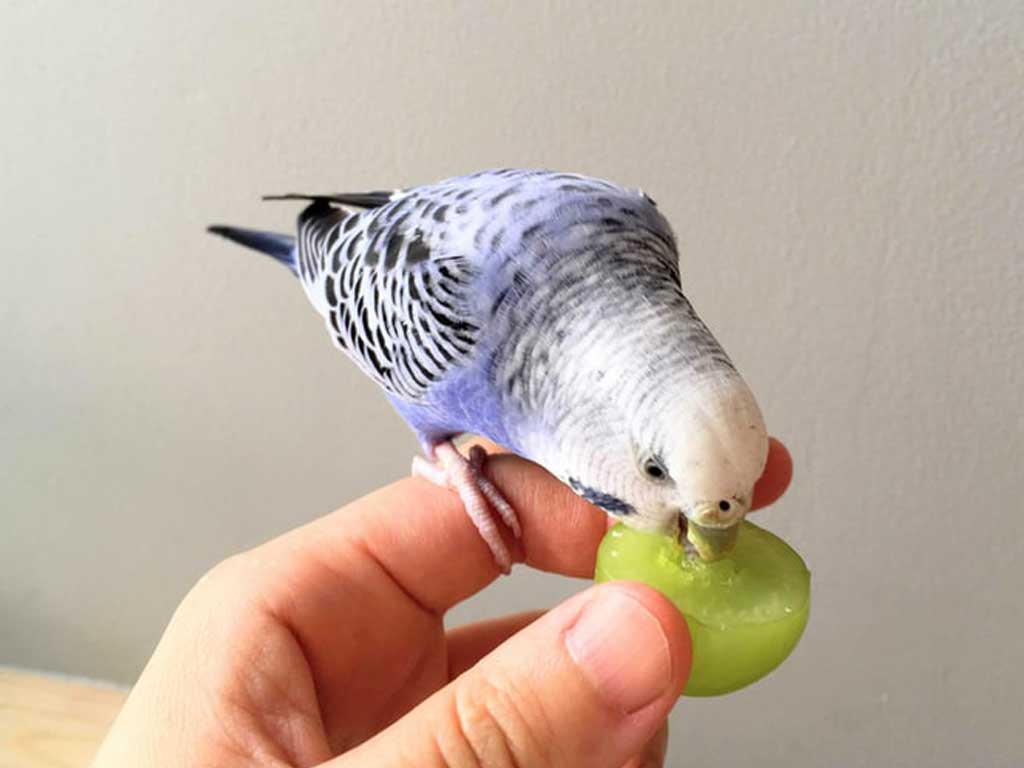Few aquarium fish polarize opinions as much as the Convict Cichlid (Amatitlania nigrofasciata). On one hand, it’s an incredibly hardy, intelligent fish with fascinating parental behavior that makes it a gateway into the world of cichlids. On the other hand, its aggression and territoriality have earned it a reputation as an “aquarium bully,” capable of dismantling a peaceful community tank in a matter of days. Its common name, “convict,” alludes to its vertical striped pattern reminiscent of a prisoner’s uniform—a subtle hint at its strong character.
So, is it a hero or a villain? The answer, as is often the case in fishkeeping, is: it depends. The Convict Cichlid isn’t a bad fish; it’s simply misunderstood. In this complete and honest guide, we will demystify this species. We’ll analyze why it’s recommended (and why that’s often a mistake), what its truly ideal aquarium is, how to breed it successfully, and, most importantly, how to enjoy its incredible personality without regretting introducing it to your tank.
The Great Debate: A Fish for Beginners?
This is the most crucial point to understand about the Convict Cichlid. It’s often found in stores recommended for beginners, and the reasons are, on the surface, logical.
Why It’s Recommended:
- Extreme Hardiness: It is one of the toughest fish in the hobby. It tolerates a wide range of water parameters and is very resistant to common diseases.
- Simple Feeding: It is a voracious omnivore that will eat virtually anything you offer, from flakes and pellets to live or frozen food.
- Easy Breeding: They pair up and breed with astonishing ease, offering a spectacle of parental care worthy of a documentary.
Why It’s a Mistake for a Peaceful Community Tank:
This is where the problem lies. All those virtues are overshadowed by its intrinsic nature as a Central American cichlid:
- Territoriality and Aggression: An adult Convict will claim an area of the aquarium as its own and defend it fiercely. During breeding, this aggression multiplies tenfold, and a pair will not hesitate to attack, injure, or kill any fish they deem a threat, regardless of its size.
- Total Incompatibility: Forget about keeping it with guppies, neons, tetras, rasboras, or corydoras. The result will inevitably be a disaster. Small fish will be seen as food, and peaceful ones will be harassed to death.
The Verdict: The Convict Cichlid is an excellent fish for a beginner to the world of cichlids, but a terrible fish for a standard community aquarium. It’s the perfect species for your first Central American biotope or a tank of fish with character, not for the colorful community tank you might have in mind.
The Ideal Aquarium for a Convict: A Territory to Call Its Own
For a Convict to show its best side, we must provide an environment that suits its behavior.
Tank Size and Water Parameters
They are native to Central America (from Costa Rica to Panama), where they inhabit all types of water. This adaptability is reflected in their requirements.
| Parameter | Ideal Range | Notes |
| Tank Size | 20+ gallons (80L) for a pair. 55+ gallons (200L+) for a cichlid community. | More space helps to dilute aggression. |
| Temperature | 23°C – 28°C (73°F – 82°F) | Very tolerant, but this is the optimal range. |
| pH | 7.0 – 8.5 | Prefers neutral to alkaline water. |
| Hardness (GH) | 8 – 20 dGH | Adapts well to moderately hard water. |
| Lifespan | 8 – 10 years | They are long-lived fish that require a long-term commitment. |
“Builder-Proof” Decoration
Convicts are famous for being “redecorators.” They love to dig in the substrate to create caves and nests.
- Substrate: Use sand or fine gravel that they can move without injuring themselves.
- Decor: The foundation should be rocks, slate, and driftwood that form caves and hiding spots. Ensure structures are stable and rest directly on the bottom glass of the aquarium before adding the substrate to prevent collapses.
- Plants: Delicate or substrate-rooted plants will be uprooted. The best option is robust, bitter-tasting plants attached to rocks or driftwood, such as Anubias, Java Fern, and mosses.
Compatibility: Who Can Live with a Convict?
The rule is simple: only fish that can defend themselves.
- Ideal: A species-only tank for a pair.
- Good Option: A community of Central American cichlids of similar size and temperament (Jack Dempsey, Firemouth, Nicaraguan). It is crucial that the aquarium is large (55+ gallons) and has many visual barriers.
- Bad Option: Any peaceful, small, or long-finned fish.
Breeding: A Fry Factory (Plan Ahead!)
Watching Convict Cichlids breed is one of the most rewarding experiences in the hobby. They are exemplary parents.
- Sexual Dimorphism: Males are larger and develop a small nuchal hump with age. Females are smaller but, when ready to breed, their belly takes on an intense orange/reddish coloration, and they often display a dark spot (ocellus) on the dorsal fin.
- The Process: The pair will clean a flat surface (a rock, a cave) where the female will lay the eggs and the male will fertilize them.
- Parental Care: The female takes care of and fans the eggs, while the male patrols the perimeter with extreme aggression. Once they hatch, the female guides the “cloud” of fry around the aquarium to feed, while the father acts as a relentless bodyguard.
- WARNING!: They are extremely prolific. A single spawning can produce between 200 and 300 fry. Before attempting to breed them, make sure you have a plan for the fry. Do you have space to raise them? Do you have shops or hobbyists who will take them? Otherwise, you will quickly be overwhelmed.
Varieties and Feeding
In addition to the striped wild variety, there are domestic forms such as albino, xanthic (white with black eyes, often called “pink convict”), and marble.
As for feeding, they are omnivores and not picky at all. A diet based on a good cichlid pellet, supplemented with frozen food (brine shrimp, mysis shrimp) and some vegetable matter (spirulina, boiled peas) will keep them healthy and colorful. They are gluttonous, so feed them in moderation to avoid health problems.
The Convict Cichlid does not deserve its bad reputation. It is not a monster, but a fish with an overwhelming personality and very strong instincts. Its intelligence, the interaction it develops with its owner, and the spectacle of its family life make it a fascinating species. Success or failure with it depends entirely on us: if we provide it with the right environment—a species-specific tank or a robust cichlid tank—it will reward us with years of captivating behavior. If we put it in a peaceful community tank, we will confirm its dark legend. The choice is yours.
(FAQs)
Can I keep a Convict Cichlid with guppies and neons?
No, absolutely not. The Convict is very aggressive and territorial. It will attack, and most likely kill, small and peaceful fish like guppies, neons, tetras, or corydoras.
Why does my Convict Cichlid move all the gravel and uproot the plants?
This is its natural behavior. They dig in the substrate to create nests and caves where they feel safe, especially for breeding. It is an instinct that is impossible to suppress.
How can I tell if my Convict Cichlid is male or female?
The most reliable method is to observe adults. Males are usually larger. Females, on the other hand, develop a very striking orange or reddish color on their belly when in breeding condition.
Is it true that they breed very easily?
Yes, it is one of the easiest cichlids to breed. An established pair in good conditions will reproduce constantly. A single spawning can exceed 200 fry.
How big does an adult Convict Cichlid get?
They can reach a size of up to 6 inches (15 cm), with males generally being larger than females. They require an aquarium of an appropriate size for their adult life.

